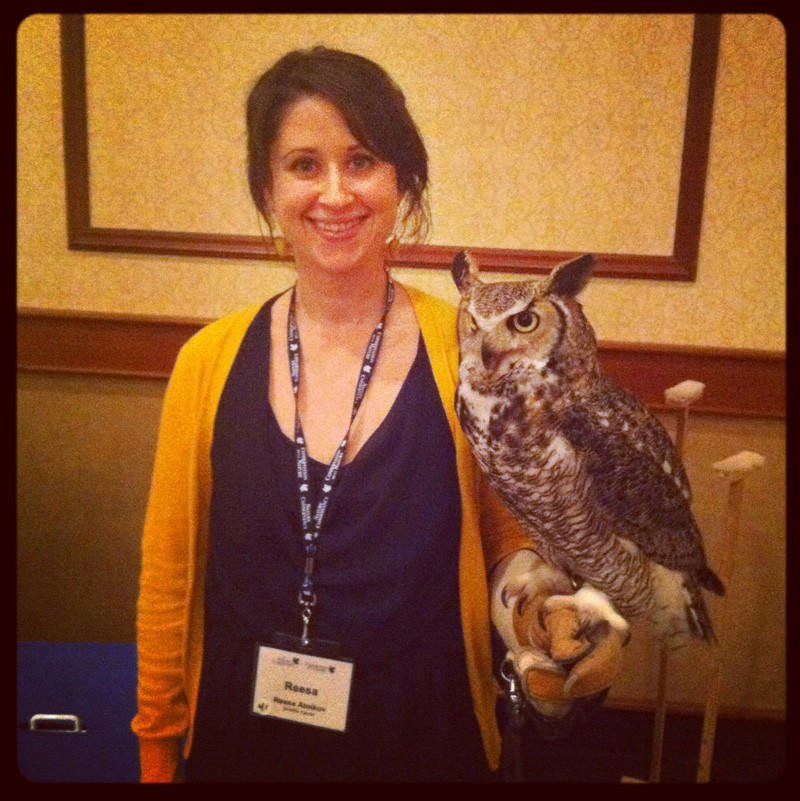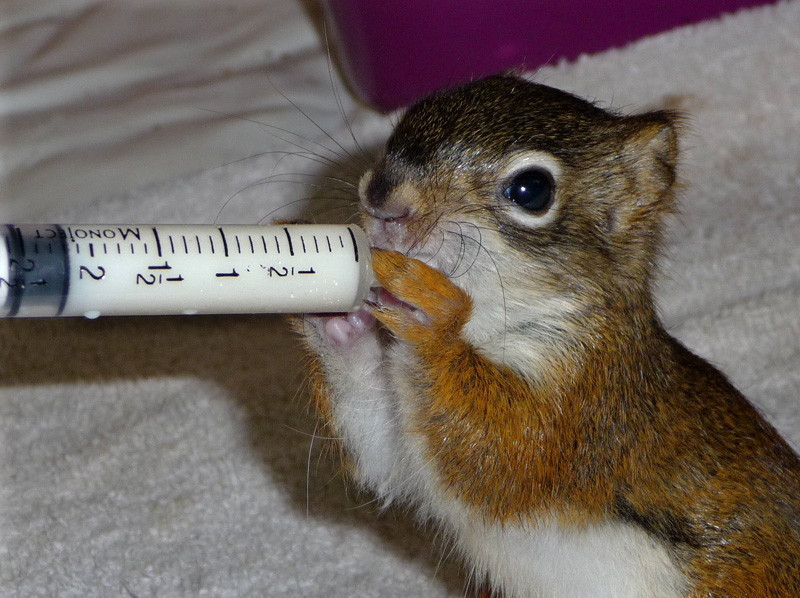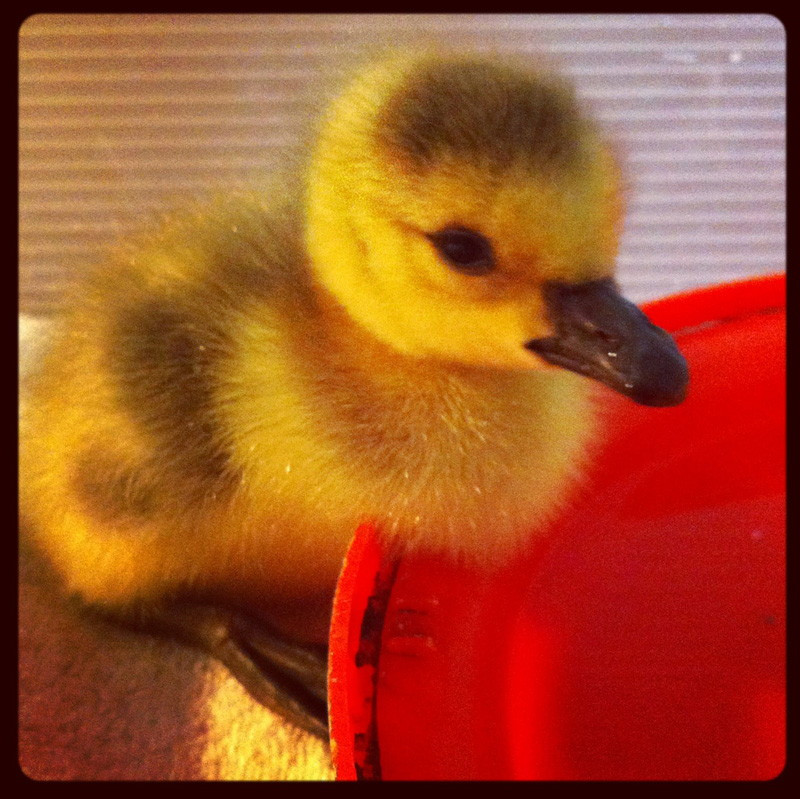Rehabilitation Centre helps injured animals get back into shape
Funding, ‘unnecessary orphans’ biggest challenges for Wildlife Haven Rehabilitation Centre
It’s that time of year again. Spring has sprung, and the rabbits are multiplying like, well, rabbits.
But before you touch that “abandoned” baby rabbit or squirrel in your yard, give the Wildlife Haven Rehabilitation Centre a call to find out exactly how you should handle the situation.
Reesa Atnikov, the centre’s supervisor and sole full-time employee, cannot stress this enough.
“We get about 1,700 (animals) a year,” Atnikov said. After completing a head count, she concludes that there are approximately 100 animals in the centre’s care right now. “And that’s just today. It could change tomorrow.”
Atnikov is responsible for all of the animal care and rehabilitation that takes place at the centre, as well as every other task that may come up at a not-for-profit. She is a certified animal rehabilitator, as issued by the International Wildlife Rehabilitation Council.
The Wildlife Haven Rehabilitation Organization (WHRO) was formed in 1984.
What began as a backyard operation eventually expanded to a wildlife hospital on the grounds of the University of Manitoba in 1993, and became the Wildlife Haven Rehabilitation Centre in 2003.
In 2008, the centre moved to its current temporary location 10 minutes south of the city on Highway 59 in Île-des-Chênes, Man.
The not-for-profit takes in both bird and mammal species native to Manitoba that have been injured or abandoned, and gets them back into shape again.
Hundreds of animals are released each year once they are able to fend for themselves, and those that are not fit to be released are kept as educational ambassadors, to educate the public about wildlife.
However, taking care of animals is expensive.
“There’s always the issue of funding,” Atnikov said. “We’re not given any money by the province, we’re not funded by the government at all. We rely on donations, membership (and) a couple corporate sponsors.”
The centre recently held its sixth annual “baby shower” in April, which successfully raised several thousand dollars to be put towards animal care.
WHRC is also actively seeking a permanent home, with funding and space constraints keeping them from staying at their current location permanently.
Funding aside, with the arrival of spring comes the centre’s other challenge.
“One of the biggest challenges is definitely unnecessary orphans,” Atnikov said. “We really, really need to emphasize that people need to phone us before (doing) anything. Just because you don’t see a mom, is not enough of a reason to snatch the baby away.”
“Another challenge we’re faced with is trapping,” she added. “People have some sort of animal that will have their babies (in their house) and they think, ‘I’ll just trap it and get rid of it.’ If you trap it, it is basically a death sentence. Almost every place in the city that traps animals euthanizes them.”
And in a lot of cases, babies are left behind to starve.
Whether it is to make an animal inquiry, or to find out what supplies WHRC is low in, once again, Atnikov stresses the importance of giving the centre a call.
Donations are always welcome, too.
“Yes, there is no charge (for people) to drop off animals, but we do appreciate donations for sure.”
For more information visit www.wildlifehaven.com or call 204-878-3740. Keep up to date with the animals in care on their Facebook page: www.tinyurl.com/WHRConFacebook.
Published in Volume 66, Number 27 of The Uniter (May 30, 2012)









